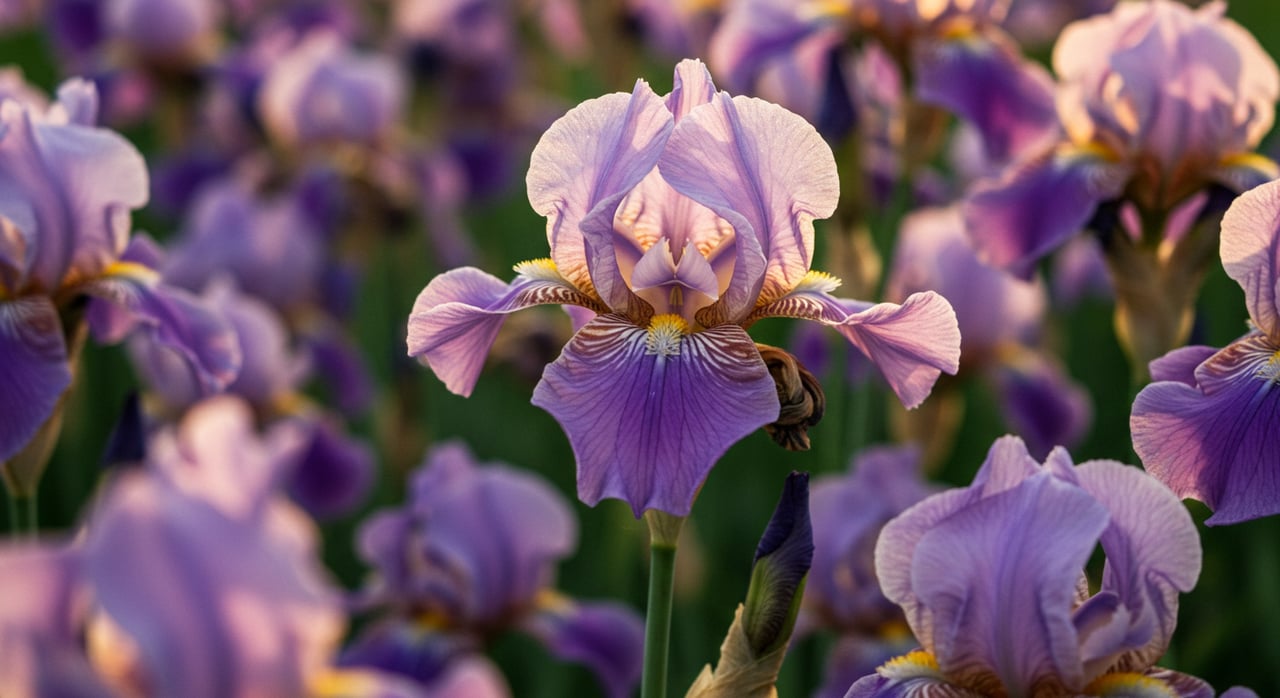Season of the Yo-Yo
February is gaslighting me again. I’m sitting here gazing out the window, wondering if I really did have a short sleeve top on yesterday, when today it’s thirty-three degrees colder and I’m wearing a coat inside. I know it’s going to be warm again sometime in the future, but according to my weather app, those 60’s temperatures are heading our way–tomorrow, followed by snow. Look, I’m all for having four seasons. It's one of my favorite things about Richmond, but is it too much to ask for them to be spread out, I don’t know, seasonally?
While we have the occasional summer day in winter, we might as well make the most of it with some winter gardening. Spring gardening gets pretty busy pretty fast, so here are some suggestions for knocking out some cores on a warm winter day.
For the yard, late February is the perfect time to apply a pre-emergence weed killer. It works by preventing seeds from sprouting, so your crabgrass and other broadleaf seeds from last year don’t have a chance to germinate. A few warm days is all it takes for winter weeds to germinate, looking at you hairy bittercress, so the sooner it’s on the lawn the less weeds you’ll be dealing with this summer. One application lasts 90 days, so a second application in May protects your lawn, then the germination suppressant wears off in time for your grass seed application in the fall. It’s available with or without fertilizer, and some varieties also kill existing weeds. Available in any big box store, but I’d recommend Southern States for a better price and more variety.
Now is also the time to cut back ornamental grasses like fountain grass, sedge and liriope. Cut to ground level before the new growth appears for a fuller plant without winter damaged leaves. If you have a large patch, just fire up the lawnmower or your Weed Eater. My general rule is that an ornamental grass that looks winter-worn each year like liriope always gets a cut, but for slower growing plants like mondo grass get clipped on a case by case basis. If the leaves aren’t brown and damaged, I’ll skip the trim.
Prepping your garden beds now gets the soil in great shape for planting in the spring. Now is a good time to weed, loosen the dirt, and add compost to enrich the soil. If you haven’t put down a good layer of mulch in the fall, now is a good time. It helps retain moisture for spring plants, but more importantly it helps keep the soil below it insulated so there isn’t a rapid freeze/thaw situation which can harm roots and actually push perennials out of their beds.
It’s also time to get a jump start on pruning. Start with shaping your early bloomers like forsythia, quince, cherry, crab apple and pussy willow, but keep in mind you are cutting the spring blooms off in the process, so go lightly. (Added incentive, place the cut branches in warm water and put them in a sunny place, and they’ll bloom inside in 1-3 weeks.) Deciduous trees will also benefit from a winter trim to get rid of dead branches and shape for the spring.
Now is also a good time to give your houseplants a little TLC. I try to give my plants a rest from November through January, so I start fertilizing them again with a weak solution in February. Also inspect plants for pests, especially spider mites, scale and my real nemesis, mealy bugs. Scale looks like small brown blisters, and can be washed or wiped away with a mild mix of water and dishwashing liquid. Spider mites look like tiny dots and can be identified by the silky web they leave behind, and they can be eliminated with insecticidal soap or oil. Mealy bugs, the little bastards, can be identified by the small cotton like nests on plants, particularly succulents. Online remedies usually suggest whipping the infested area with a Q-Tip dipped in rubbing alcohol. Lies! By the time you see them, odds are good that they have spread all over your plant and have headed to its neighbors. I have tried everything organic to no avail, and lost my forty five year old favorite jade plant in the process. When you see those little cotton spots, head out immediately and pick up some liquid Sevin and mix it up in a spray bottle. Apply once a week for several weeks, show no mercy.
Finally, it’s time to buy your seeds before the harder to find ones sell out. If you are starting your seedlings indoors, in zone 7 you usually start your seedlings at the end of February or early March. If you haven’t grown annuals from seed, the new LED lights make it super easy to start your plants indoors. Just pick up a seed starter tray, a light and a timer and you’re in business. If you like heirloom tomatoes, it’s a great way to grow some delicious hard to find varieties.



